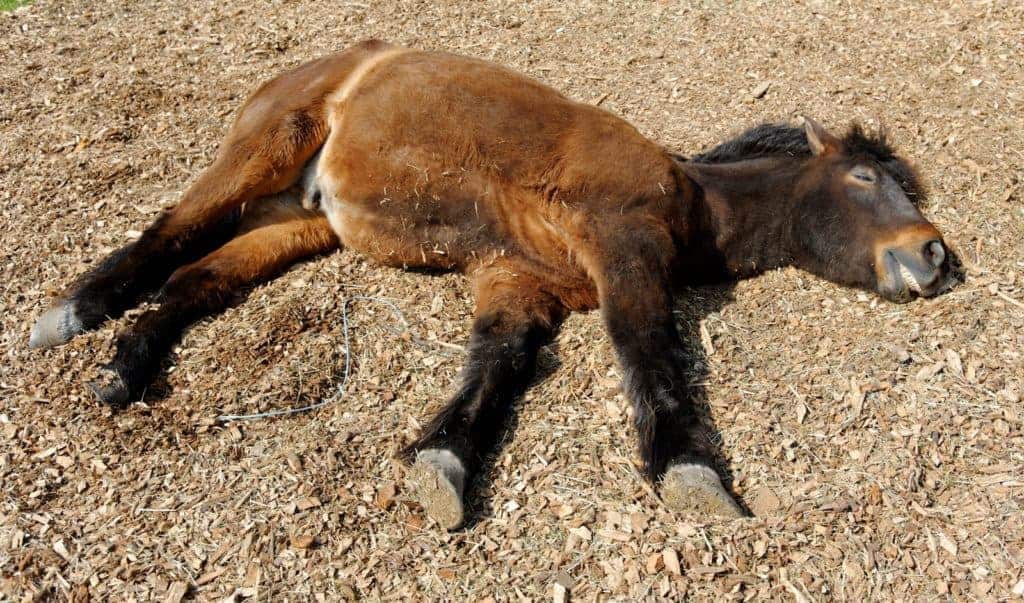
Multiple Celiotomies in Short Span Yield a Guarded Prognosis
Horses undergoing multiple colic surgeries in a 14-day period are at greater risk for incisional infections.

Horses undergoing multiple colic surgeries in a 14-day period are at greater risk for incisional infections.

Horses with concurrent deep digital flexor tendon lesions were four times more likely to become lame again post-surgery.

Dr. Rose Nolen-Walston examined if blood can be taken monthly and stored successfully for use in transfusions and more.

Learn about the New Bolton Center’s recovery pool and how it helps horses following surgery.

Here’s what you need to know about hypovolemic shock related to blood loss or trauma in horses.

An established human therapy helps horses as well. Learn about FES and its possible equine applications.

Veterinarians use equine rehabilitation to restore the normal function following injury while reducing clinical signs and restoring range of motion.

Find out how dynamic mobilization, core strengthening, and balancing exercises can help stabilize the horse’s spine and the fore- and hind limbs’ attachment to the body.

There are no easy answers when it comes to colic surgery, just as there are no easy decisions.

Short-term anesthesia for procedures lasting fewer than 20 minutes is common field work in equine medicine.

Vets successfully employed a pioneering technique to treat a South African horse’s intraosseous pressure.

Dr. Lisa Fortier shares her picks for the top equine surgery- and lameness-related studies of 2013.

Researchers say third trochanter fractures probably aren’t career ending and generally heal without surgery.
Researchers are exploring animal microbiome to benefit both animals–including horses–and humans.

Dr. Wayne McIlwraith received the Jacob Markowitz Award for outstanding contributions to medicine.

Osteochondral lesions on young horses’ X rays might appear worrisome, but surgery isn’t always necessary.
Stay on top of the most recent Horse Health news with
"*" indicates required fields